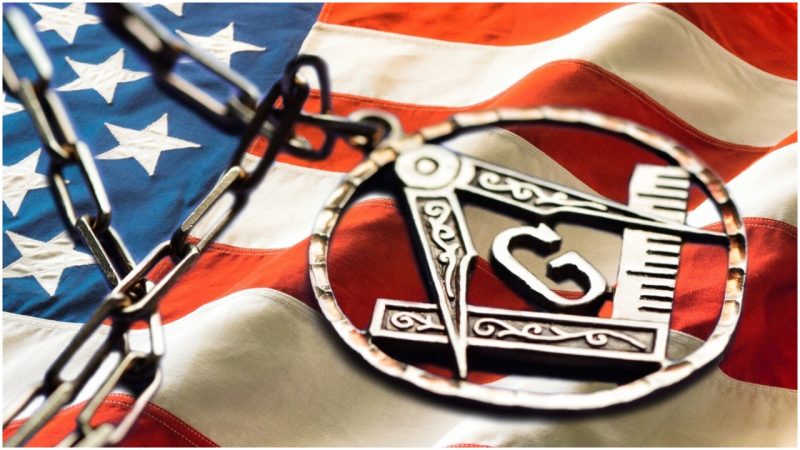It’s on practically every U.S. dollar bill in circulation – a great eye, much like the eye of author J.R.R. Tolkien’s dark Lord Sauron, sitting atop the Great Pyramid with the Latin words “Novus Ordo Seclorum” inscribed on a banner beneath.
What does the Great Seal used on the American dollar mean, and why does it feature such cryptic language and imagery? According to the Official National Archives of the United States, the seal was designed by a man named Charles Thomson, on July 4, 1776.
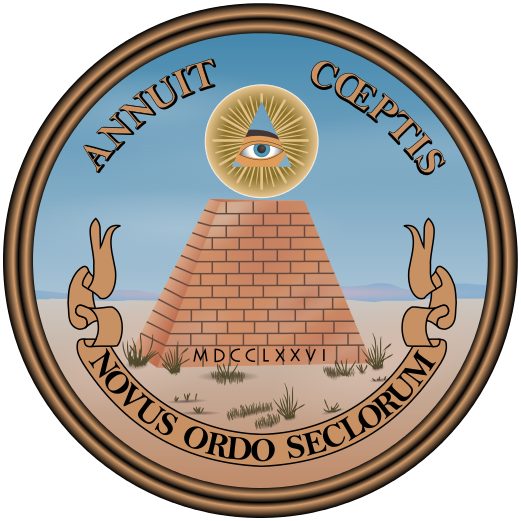
The date of this commission is no coincidence. The seal’s design was requested by the first Continental Congress of the United States under the direction of Benjamin Franklin, Thomas Jefferson, and John Adams.
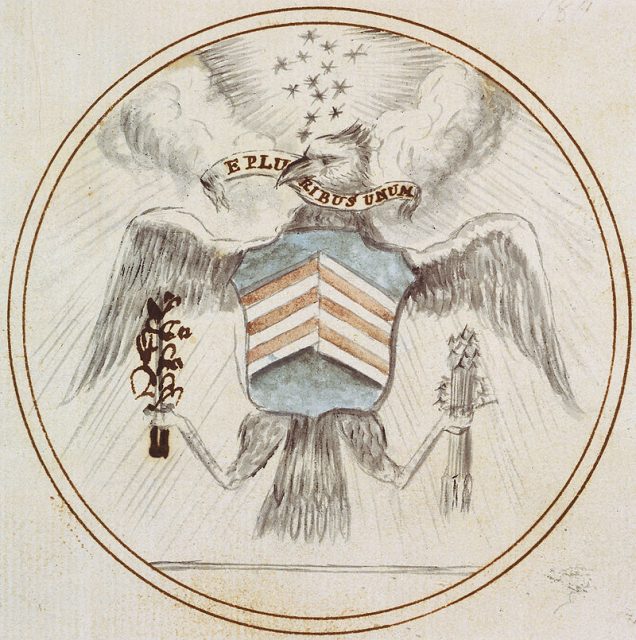
Franklin, like others member of the first Congress, had something in common with at least 20 of the other signers of the Declaration of Independence and with hundreds of influential figures from all over the world and from all eras of history: Benjamin Franklin was a Freemason.
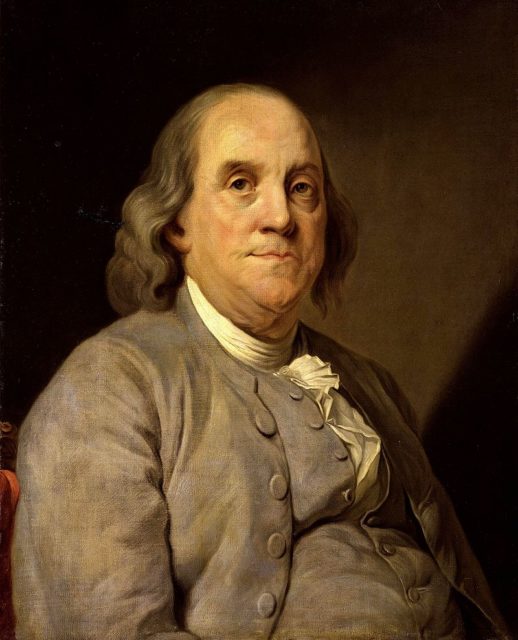
Like the other Freemasons who played a role in the founding of the United States, Franklin was on a mission to establish an independent nation based on the principles espoused by the Masonic brotherhood; principles of religious tolerance, free enterprise, limited government and the empowerment of the individual person.
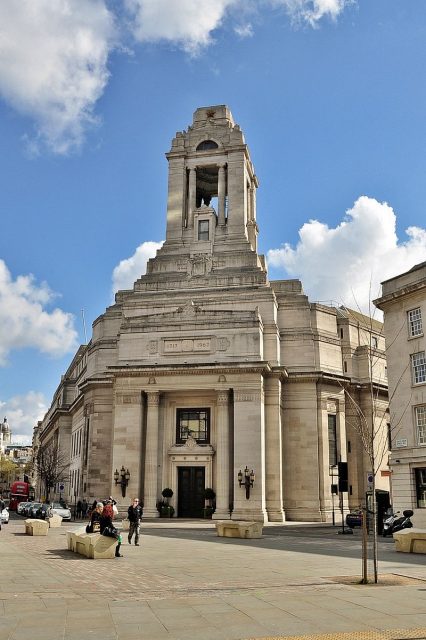
Today, much of the talk regarding the Freemasons’ role in founding the United States is fraught with conspiracy theories about a “hidden hand,” which has secretly directed the most important events in human history.
According to the official website of the Green Dragon Masonic Fellowships, the Green Dragon Tavern wasn’t just a place in J.R.R. Tolkien’s Lord of the Rings novels.
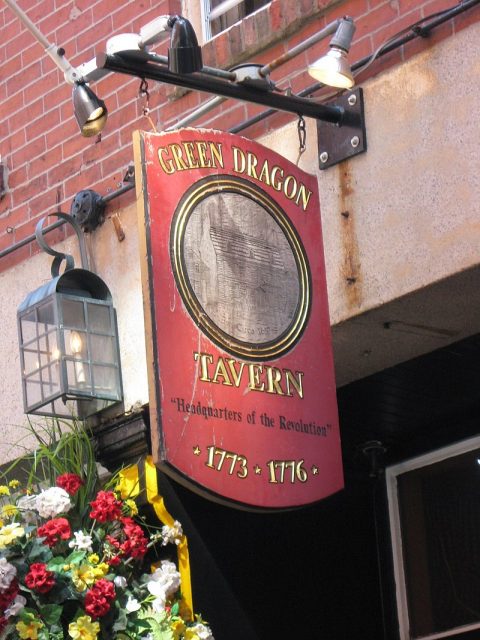
The tavern was (and still is) located on Union Street in the North end of Boston. It was purchased before the American Revolutionary War by a Masonic lodge. While the lodge kept advertising the establishment as an ordinary tavern, something secret was at work in its hidden places.
Deep in the tavern’s basement, Freemason Dr. Joseph Warren would organize meetings with Paul Revere and other revolutionaries who called themselves “The Sons of Liberty,” and who considered the Green Dragon Tavern the headquarters of the Revolution.
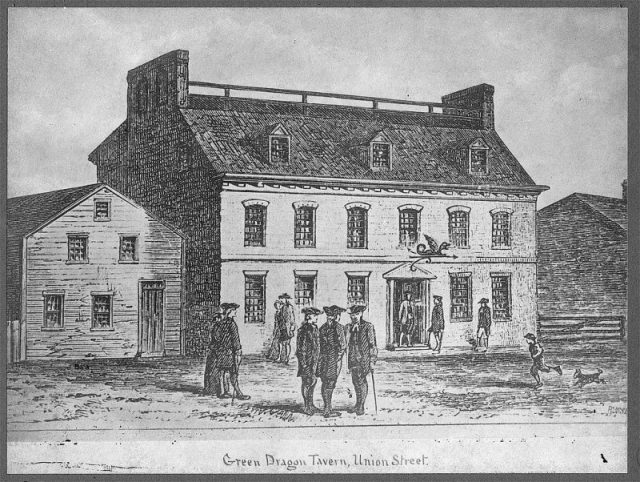
Some Masonic sources, including the website of the Green Dragon Freemasons, claim that events such as the Boston Tea Party were planned right there in the basement of the Green Dragon.
And while it wasn’t the only meeting place where disgruntled patriots met to plot the resistance against Britain, the fact remains that more than a dozen signers of the Declaration of Independence were known Freemasons.
Great U.S. Presidents quotes
John Hancock, the first man to sign the historic document, was a Freemason. William Hooper was a Member of the Hanover Lodge in Masonborough; Robert Treat Paine was a member of the Massachusetts Grand Lodge; Richard Stockton of New Jersey was a member of the Charter Master of St. John’s Lodge in Princeton.
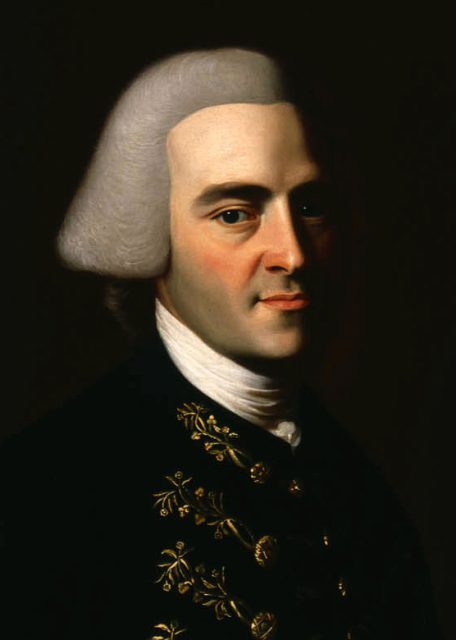
William Whipple of New Hampshire was a member of the St. John’s Lodge, Portsmouth NH 1752. George Walton of Georgia was a member of Solomon’s Lodge No. 1, in Savannah, as well as being an officer in the Revolutionary War.
Even the first President of the United States, George Washington, became a Freemason on August 4, 1753, and was the leader of the Masonic Lodge in Alexandria, Virginia.
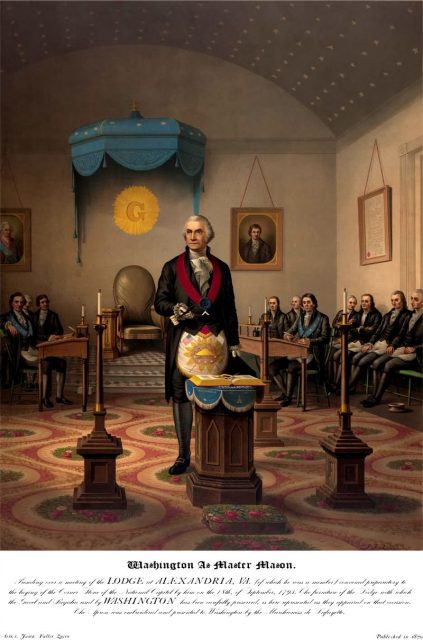
These early American Masons had branched off from the Masons in England, and established themselves in New Jersey in 1730 as Freemasons.
Freemasons were inspired by the European Enlightenment and its ideals of freedom, autonomy and the brotherhood of all mankind.
The use of the word “free” because they were free, they were highly skilled craftsmen would did not belong to a rich lord. Their skills enabled the massive structures to be built like the cathedrals which were deemed the houses of god. The masons would travel the country from one project to another and were free to do so.
